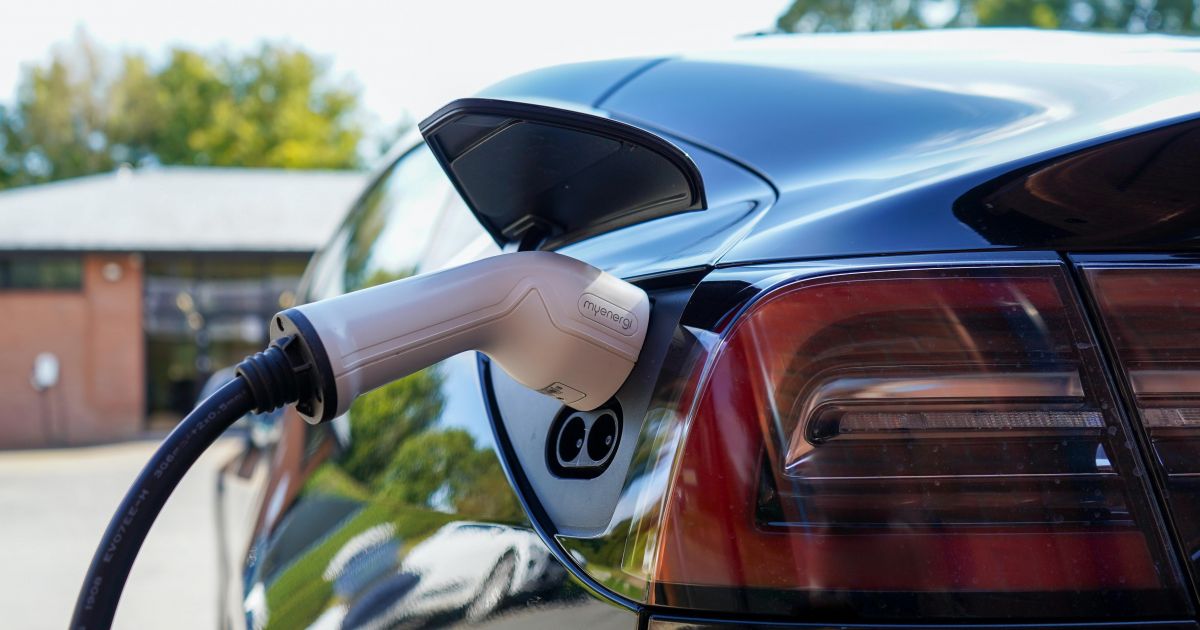While bi-directional charging has been supported by CHAdeMO for quite some time, there has been no standards for CCS2 to facilitate the same functionality.
CHARIN Vehicle to Grid V2G Roadmap
I note ISO 15118-20:2022 Road vehicles — Vehicle to grid communication interface — Part 20: 2nd generation network layer and application layer requirements appears to have been published in April 2022. The Abstract states, This document defines the communication messages and sequence requirements for bidirectional power transfer.
I believe this is the standard manufacturers of Bi-directional DC chargers such as the
and Vehicle manufacturers have been waiting for.
I was lead to believe Tesla were conducting trials into bi-directional changing in Europe (as they have the CCS2 socket. In the USA, Tesla use its proprietary connector) a while back, I assume on the pre-ratified standard.
Does anyone have any knowledge of this, or a roadmap for support (should Tesla decide to support it). I do note most of their competitors are coming out with proprietary V2L systems.
CHARIN Vehicle to Grid V2G Roadmap
I note ISO 15118-20:2022 Road vehicles — Vehicle to grid communication interface — Part 20: 2nd generation network layer and application layer requirements appears to have been published in April 2022. The Abstract states, This document defines the communication messages and sequence requirements for bidirectional power transfer.
I believe this is the standard manufacturers of Bi-directional DC chargers such as the
and Vehicle manufacturers have been waiting for.
I was lead to believe Tesla were conducting trials into bi-directional changing in Europe (as they have the CCS2 socket. In the USA, Tesla use its proprietary connector) a while back, I assume on the pre-ratified standard.
Does anyone have any knowledge of this, or a roadmap for support (should Tesla decide to support it). I do note most of their competitors are coming out with proprietary V2L systems.
Last edited:



